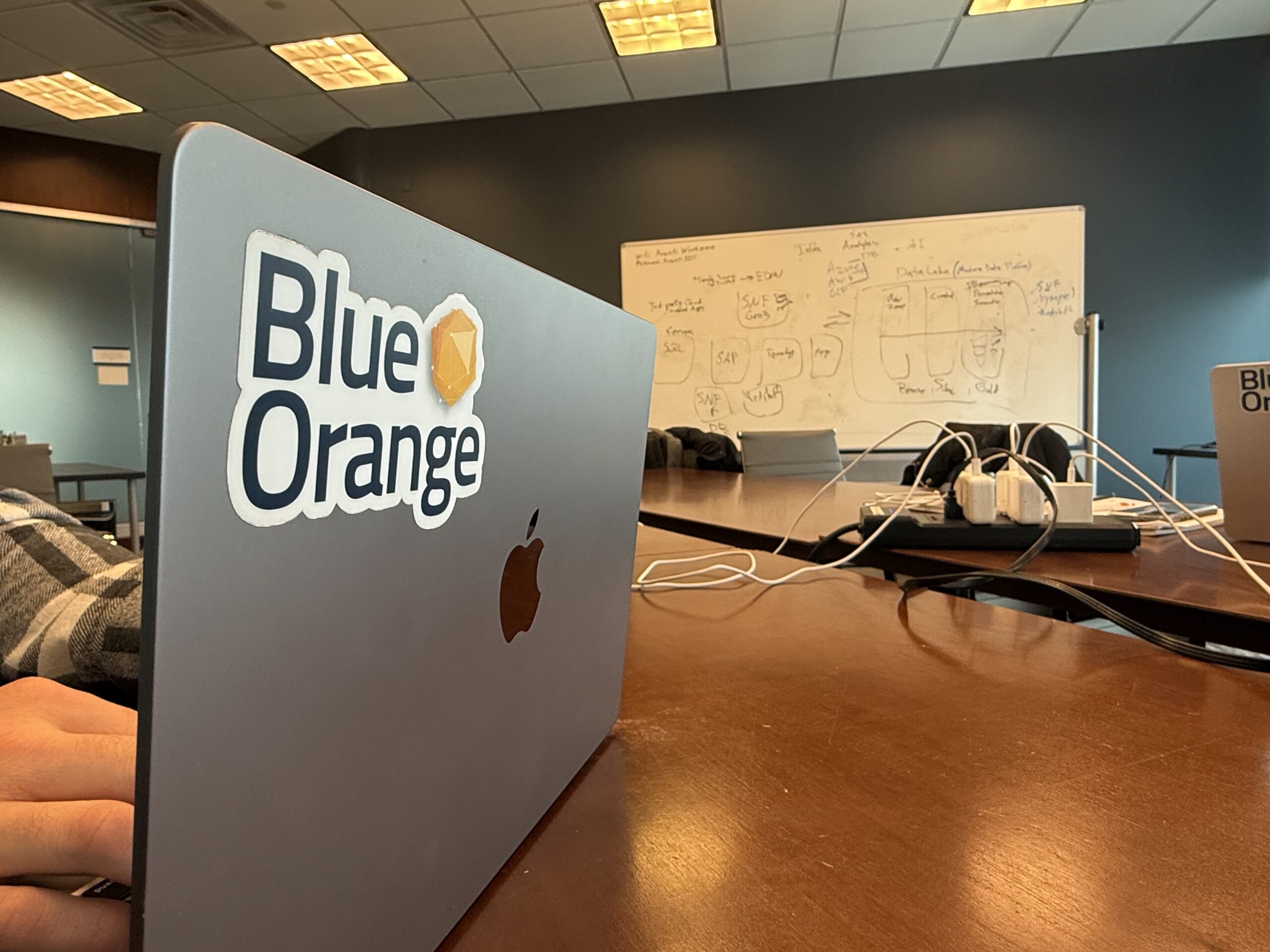Churn is Eating Away at Your Profitability. Machine Learning Can Help.

Estimates vary by study and industry, but experts consistently agree: customer acquisition is more expensive than customer retention. In fact, customer acquisition can run anywhere from 5 to 25 times more expensive, and research indicates that increasing retention by 5% can increase profits by 25 to 95%.
For traditional financial institutions (FIs), the introduction of new competition from Fintechs will only increase these costs. That’s a problem because according to Qualtrics, only 25% of churning customers warn their bank or credit union in advance, even though the average customer considers their decision for 9 months. In other words, FIs have a window to intervene — if they can identify customers at risk of churn. Enter machine learning.
A Better Way to Analyze
Compared to more traditional (and human-dependent) methods of data analysis, machine learning (ML) is faster, more accurate, and better able to analyze modern companies’ growing wealth of data. ML algorithms learn from data, identifying patterns and refining analytical models without specific instructions. They’re particularly adept at making accurate predictions based on historical data, making them a promising solution to the challenge of churn.
In the last decade, researchers have braved this new frontier, using machine learning to predict churn in industries such as telecoms, banking, and cloud service subscriptions. Their results are encouraging: one study found that certain ML techniques can predict churn with over 90% accuracy. Especially when combined with customer life-time value or profitability data, churn predictions enable the strategic deployment of retention measures to protect FIs’ profitability. However, as always…
The Devil’s in the Data
ML models of churn essentially categorize customers as either at risk of churn (yes) or not at risk of churn (no), based on a variety of customer data. And some data result in better predictions than others. A 2018 publication in EPJ Data Science, for example, found that behavioral data such as diversity and regularity of financial activities result in better predictions than demographic features.
Technical Solution to Customer Churn
In order to predict which customers will likely churn out in the future, we need to examine data from customers who have previously left to understand their characteristics and behavior. We then use statistical techniques such as regression to figure out which customer features would have predicted churn before it happened and how important those specific features are. By training the model, we can more accurately see if a current customer has the characteristics of a person who would likely leave.
Here is an example of how a churn model of regression works. Specific features (like length of account history or age) are given different weights depending on how well they predict churn. The weighted sum correlates to a probability of the customer churning. When this probability reaches a certain threshold, the customer is considered likely to churn.

Once the FI knows which customers are at risk of leaving and has insights into potential reasons from the regression and their institutional knowledge, they can alert their customer service team to adapt and engage the high-risk customers before they leave.
Of course, as with any type of analytics, machine learning insights are only as good as the data they are based upon. Data quality and availability are crucial issues for predictive accuracy. Fortunately, given a reasonable amount of historical data, good data scientists can help accurately predict churn.
Ready to Learn More?
Blue Orange Digital develops data science, machine learning, and data visualization solutions tailored to your company’s needs. We know leveraging data is not always simple, and that’s where our team of data engineers and experts come in. Contact us to learn more.


